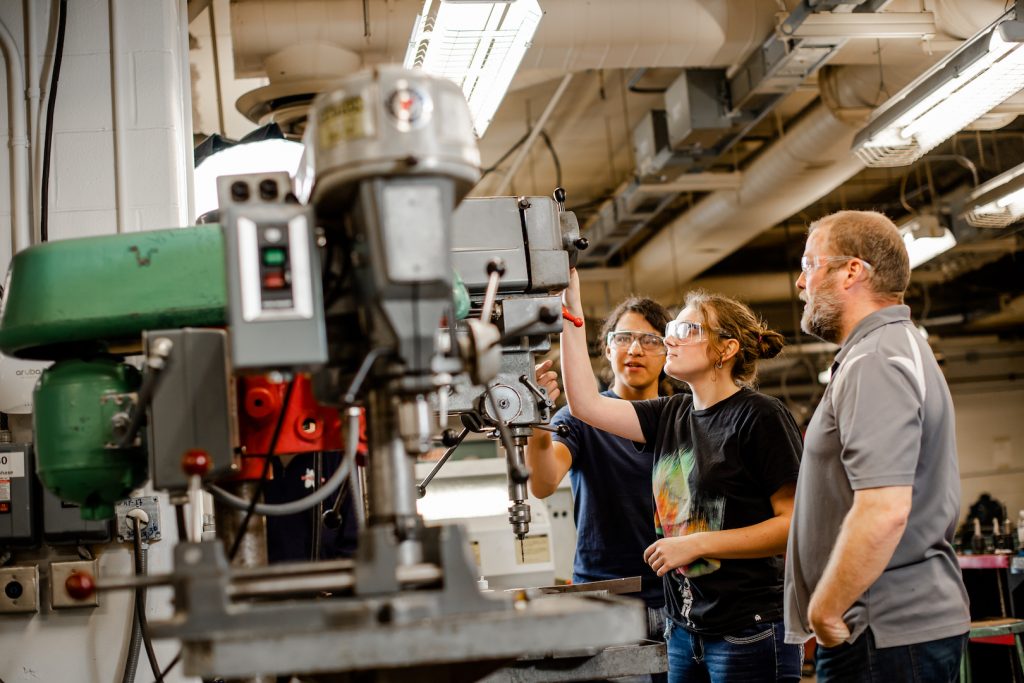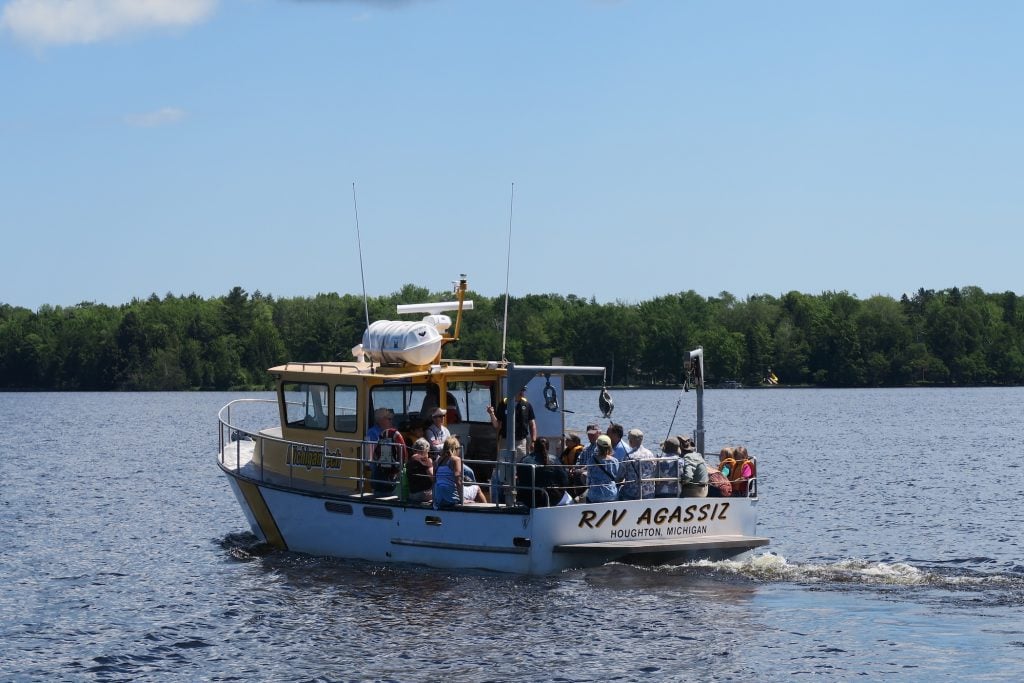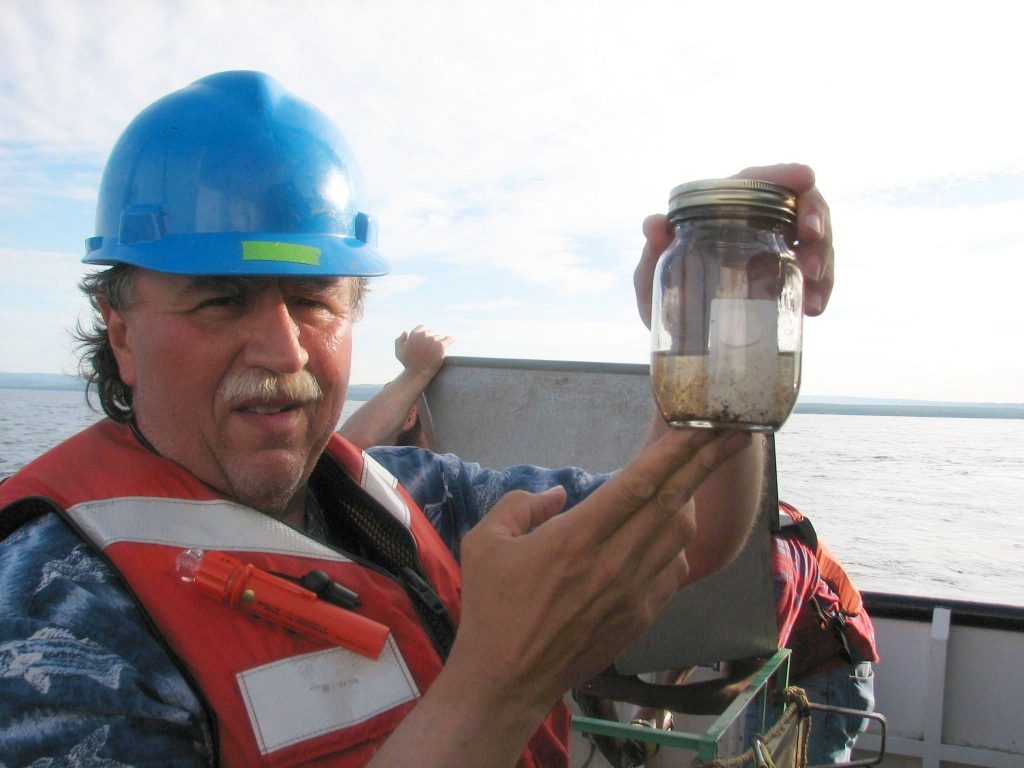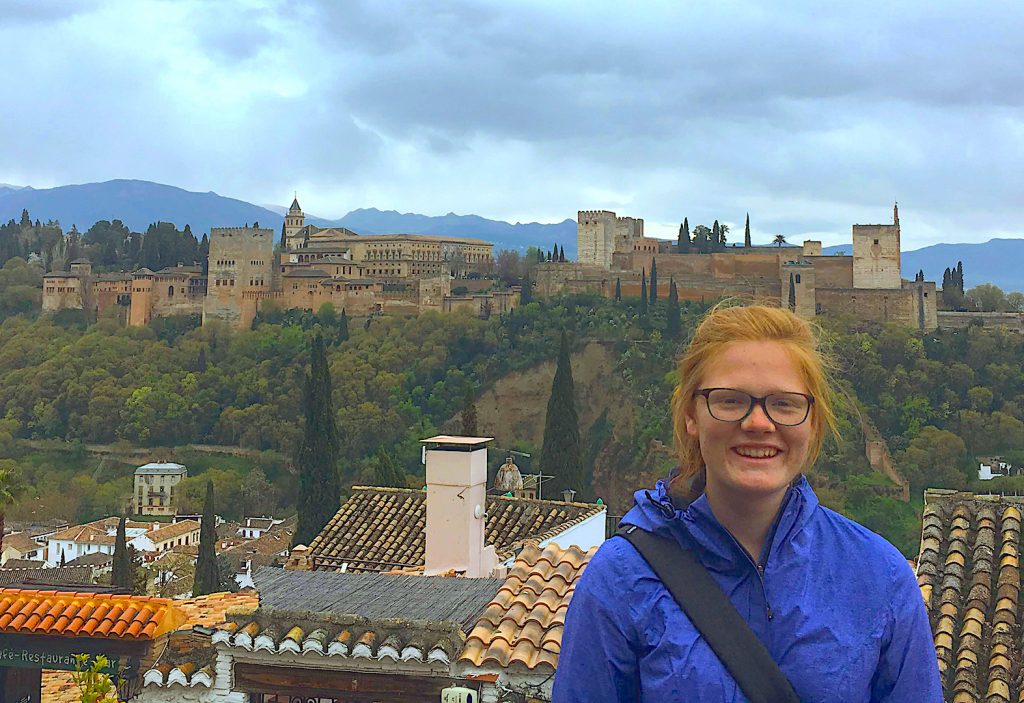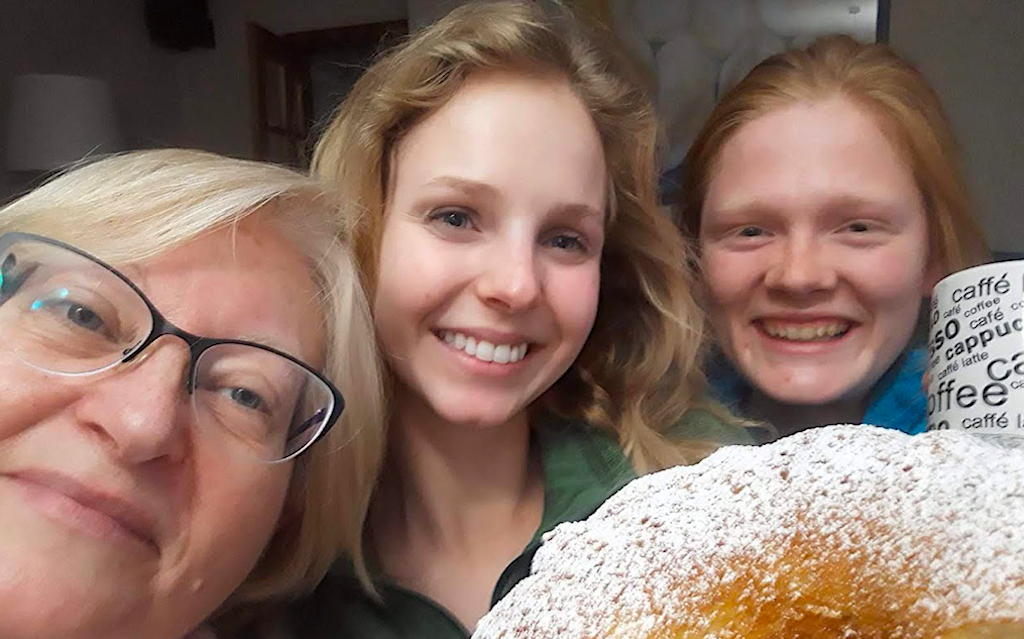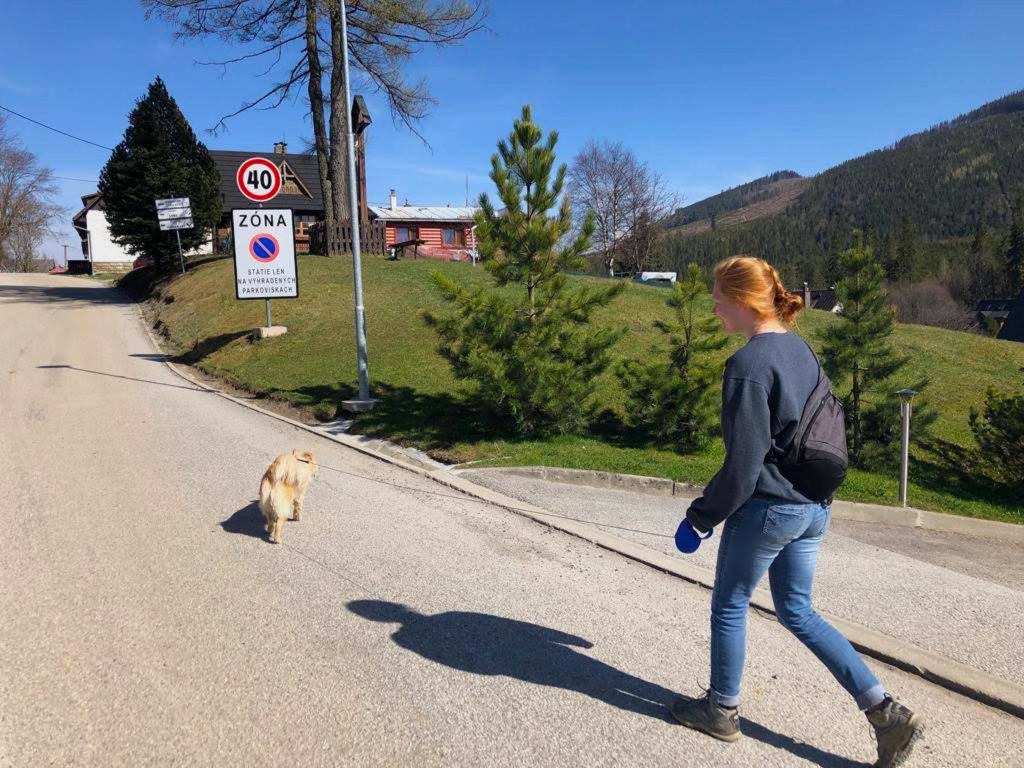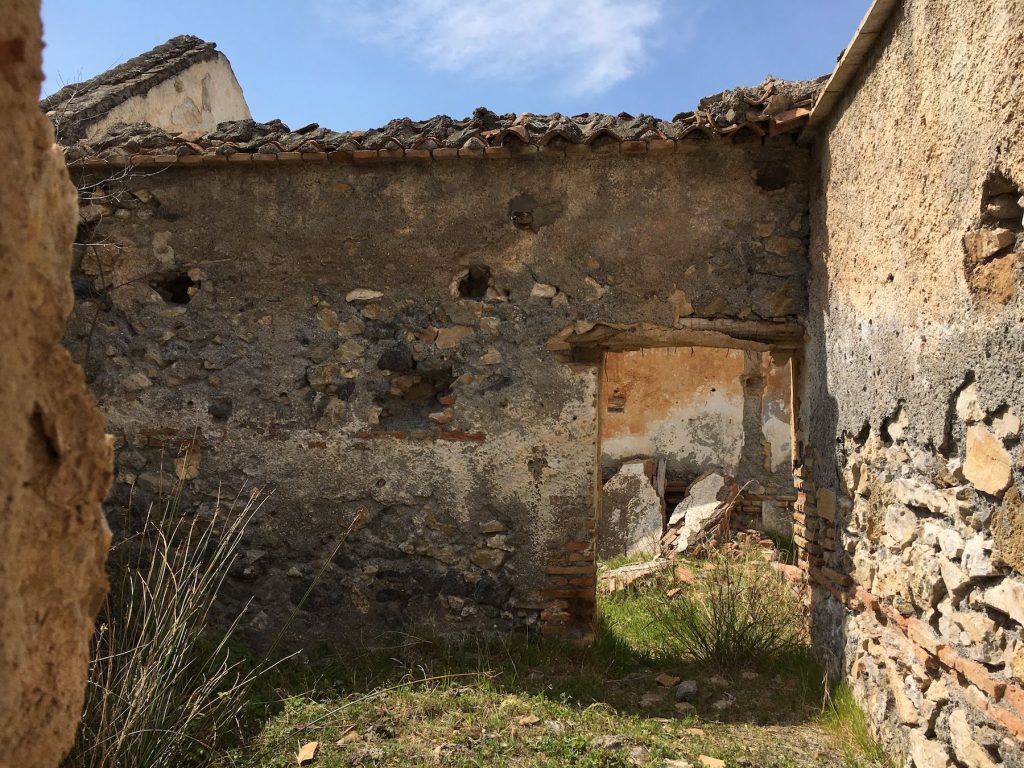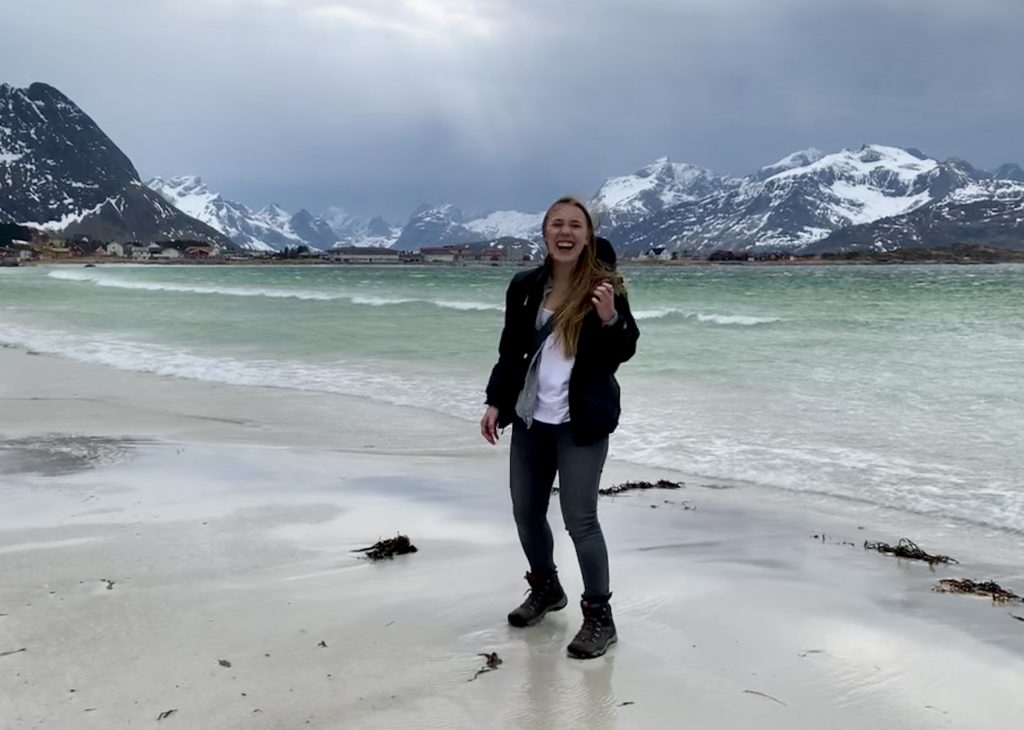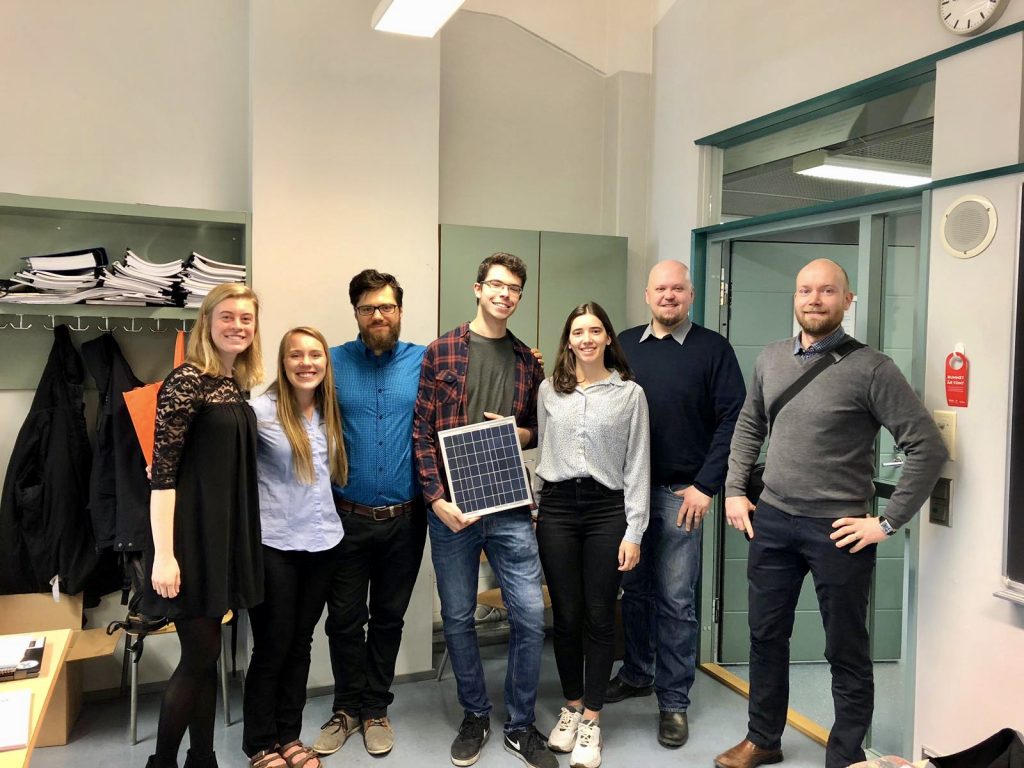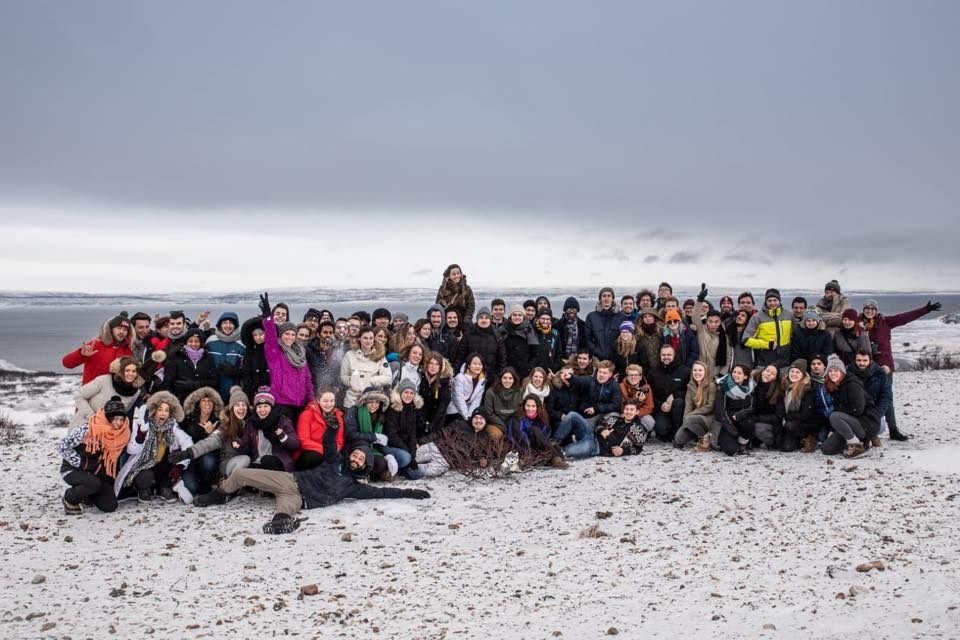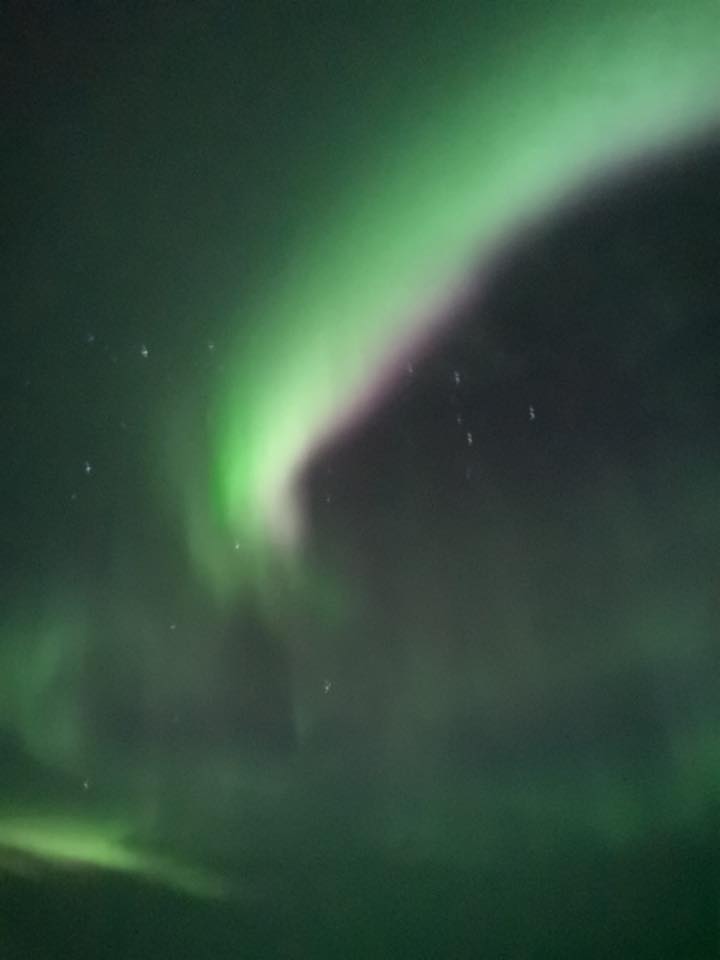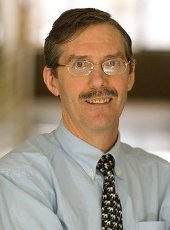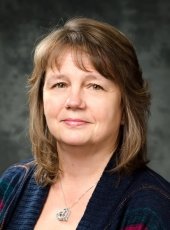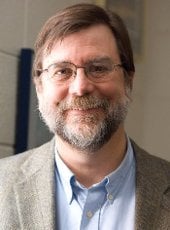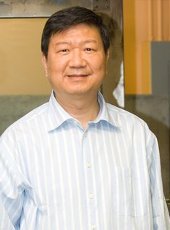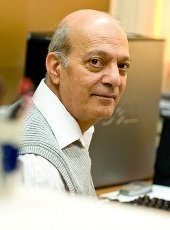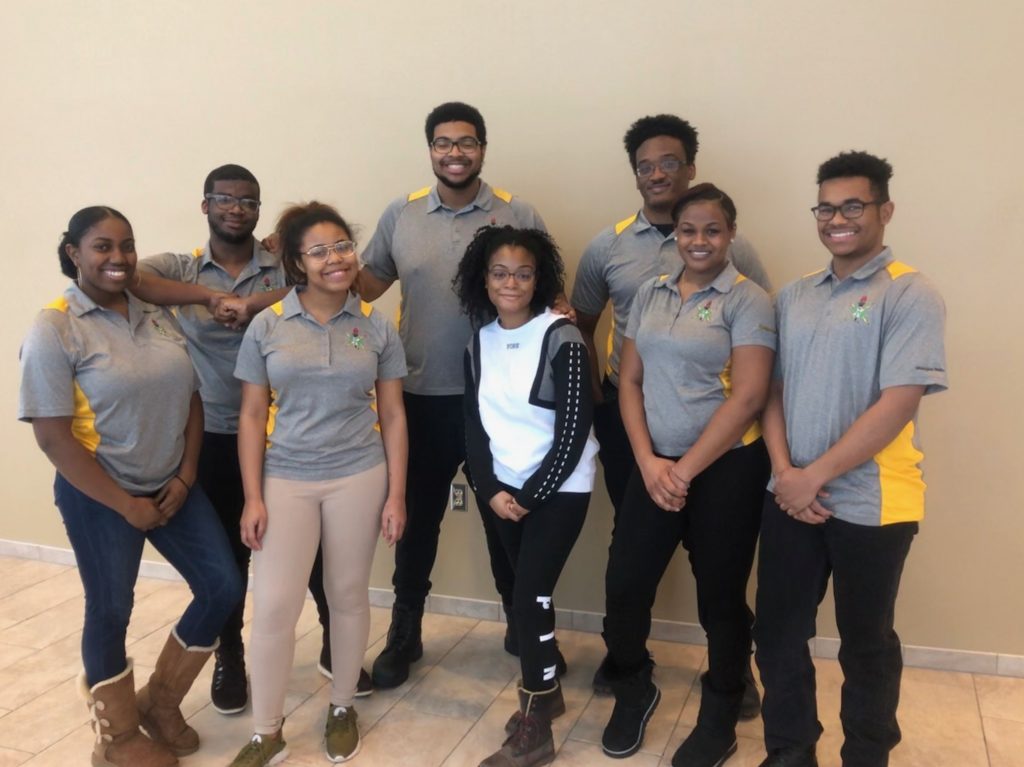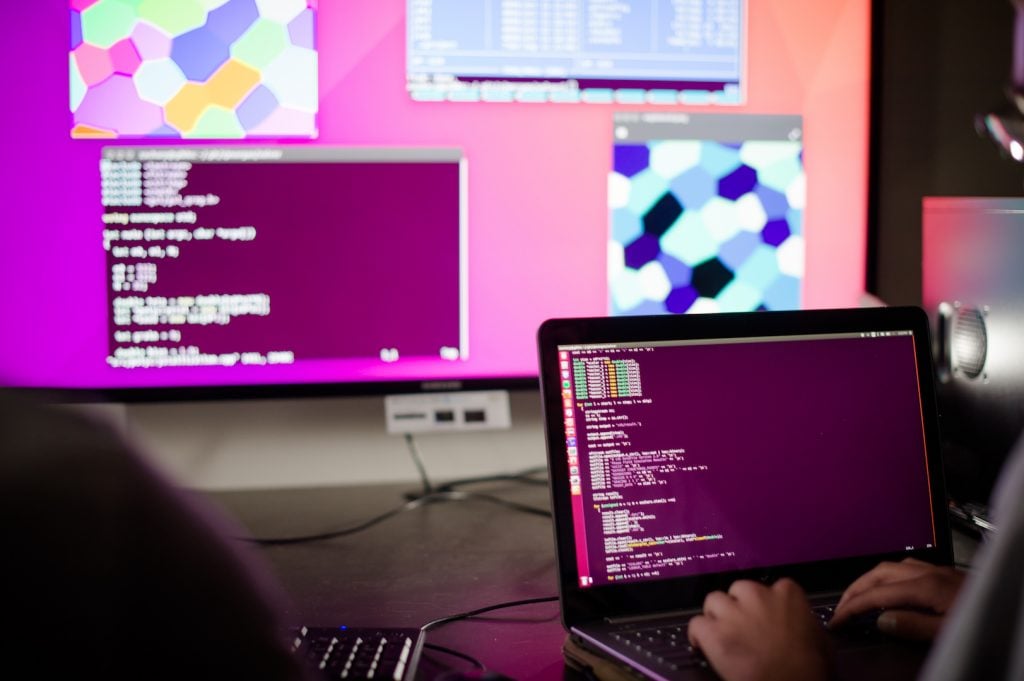
Michigan Tech’s College of Engineering is expanding undergraduate and graduate online course offerings. This will enhance learning opportunities for undergraduate students who are off-campus for an internship or coop experience, and also significantly increase graduate level opportunities for learning new skills.
Lifelong learning and professional development are desired by many employers. Get a leg up on your career advancement or take courses to fulfill continuing education requirements. Learn more about what online programs are currently available and to apply for regular admissions or non-degree seeking graduate student status.
Available online course offerings exist in civil and environmental engineering, electrical and computer engineering, engineering, materials science and engineering, and mechanical engineering-engineering mechanics. A sample of courses offered this Fall 2019 include MEEM5650 Advanced Quality Engineering, MEEM5655 Lean Manufacturing, CEE5212 Prestressed Concrete Design, EE5455 Cybersecurity Industrial Control Systems, and MSE5760 Vehicle Battery Cells and Systems.
A series of new graduate certificate offerings are under development, to be launched in 2020, including topics in Manufacturing, Industrial Applications and Practices, and more. These graduate certificates will typically have 9 or 10 credits, and can be “stacked” with each other over time, leading to a master’s degree from Michigan Tech.
Learn more about what online programs are currently available and to apply for regular admissions or non-degree seeking graduate student status.
Questions? Please contact College of Engineering Associate Dean for Academic Affairs, Dr. Leonard Bohmann.
